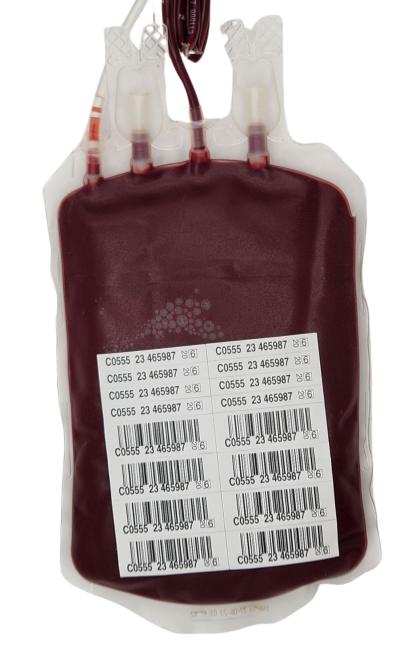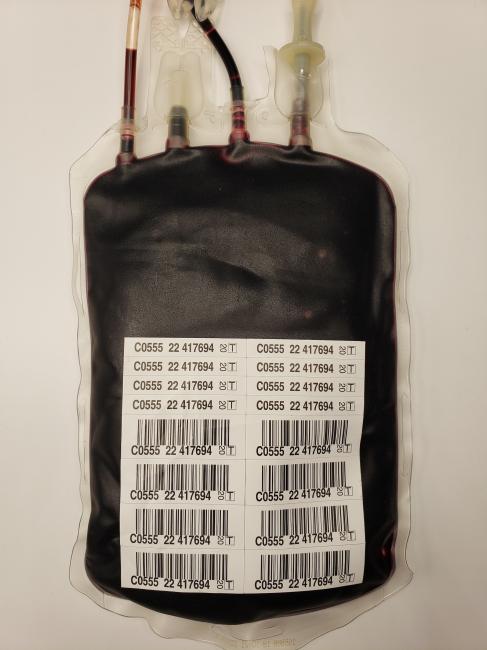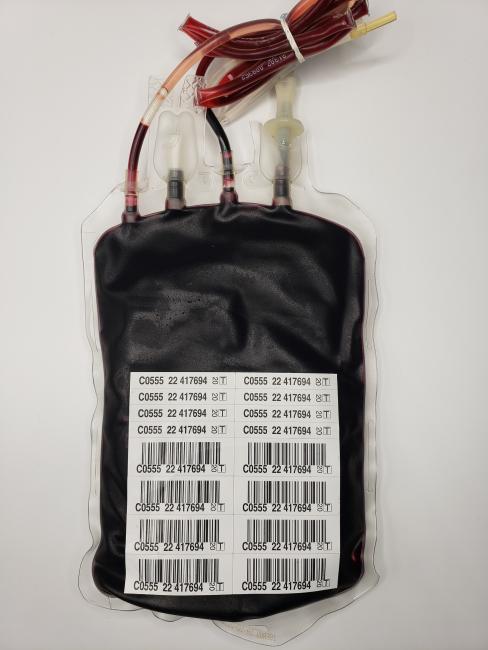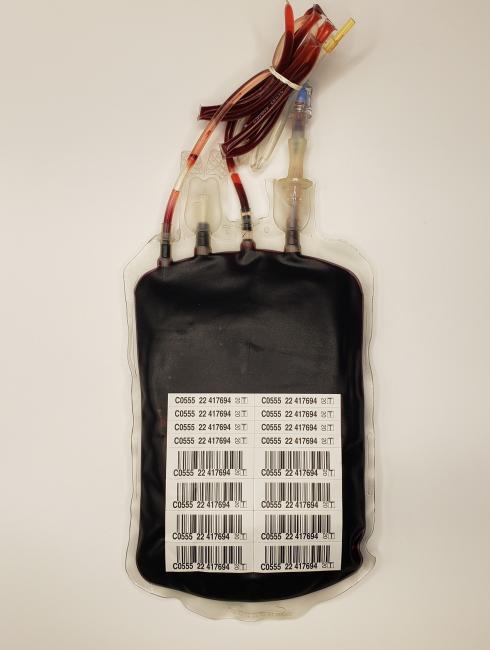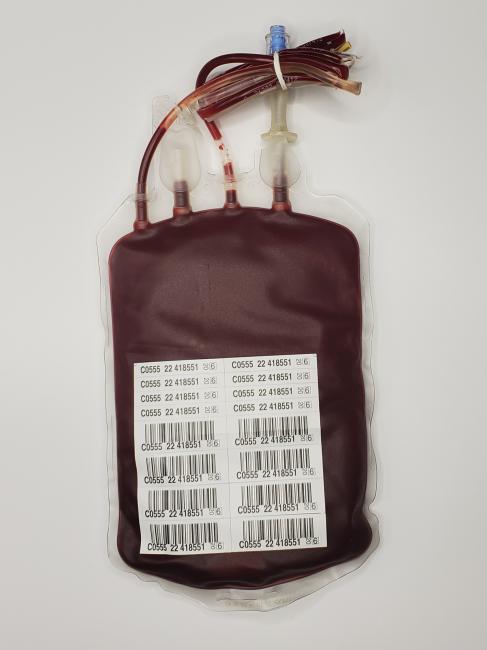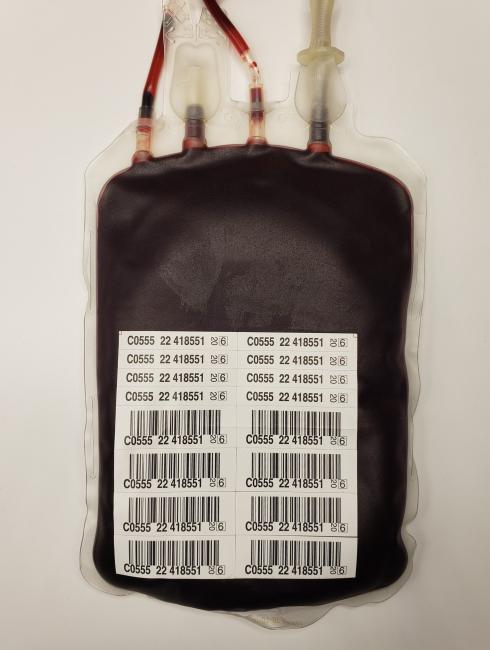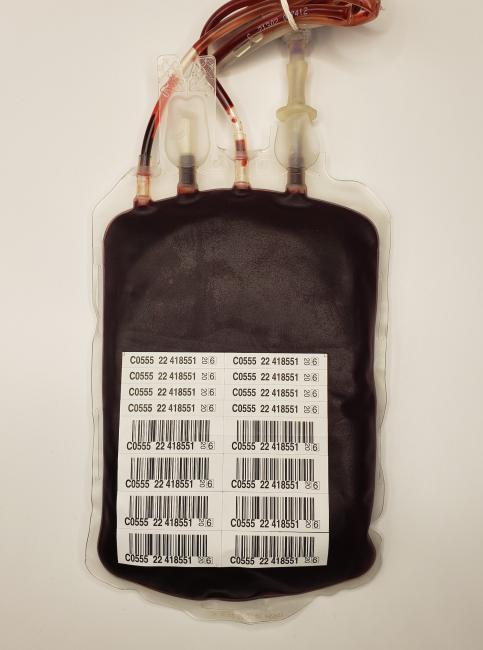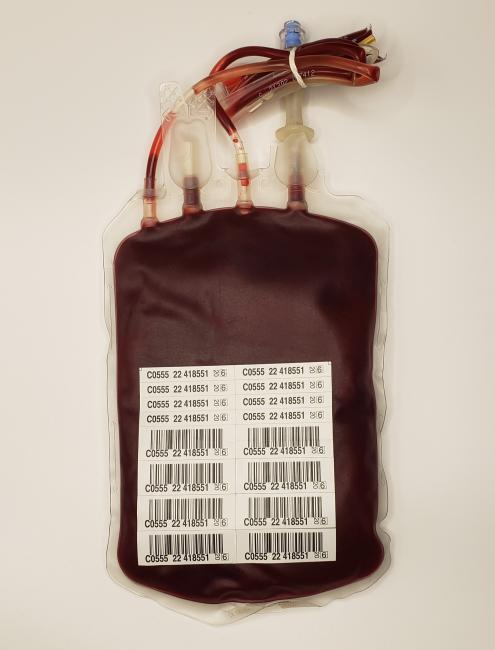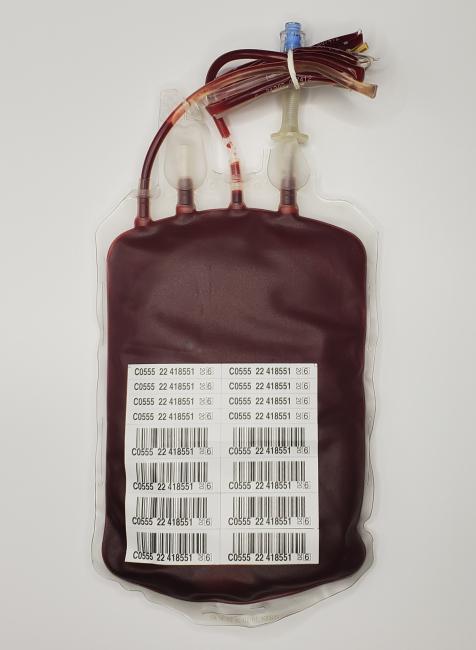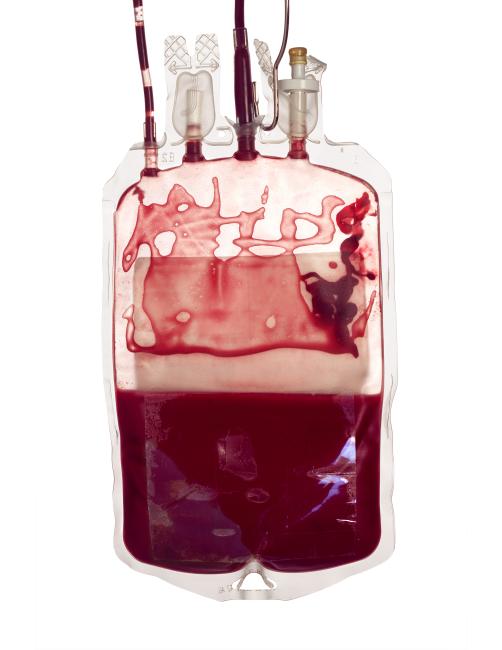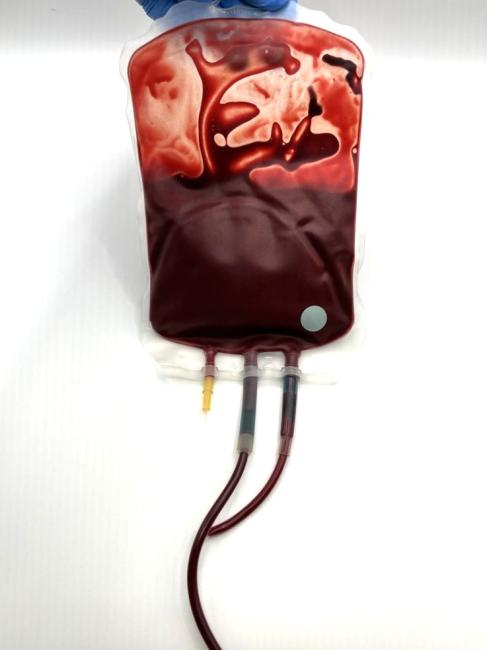Red blood cells: Bacterial contamination
Colour legend
Example(s) of typical appearance
Example(s) of a change in appearance
Bacterial contamination is the presence of bacteria in the blood. Blood should be free of bacteria. Blood donations are collected and processed under sterile conditions to maintain this aseptic state. Bacterially contaminated RBC units should NOT be transfused and any components suspected of bacterial contamination based on a visual inspection must be reported to Canadian Blood Services using the feedback form on blood.ca. Contact the nearest distribution centre to report potential contamination and receive further instructions.
Bacterial contamination may be related to the donor or subsequent manufacturing processes.
- Donor with asymptomatic bacteremia (i.e., bacteria in blood)
- Inadequate cleansing of skin prior to venipuncture. To minimize bacterial contamination, Canadian Blood Services uses a diversion pouch for the first portion of the blood donation. This captures the skin plug and skin bacteria and prevents them from entering the main unit.
- Loss of sterility during component manufacturing or handling.
Visual appearance
- Growing bacteria within an RBC unit may consume the oxygen and cause a dark purple to black discolouration.
- The presence of bacteria may produce gas resulting in excessive air bubbles.
- The presence of bacteria may activate clotting, resulting in clots and fibrin strands.
- Cloudiness
- Because bacterial contamination can cause hemolysis, a pink to red discolouration may be seen in the supernatant.

